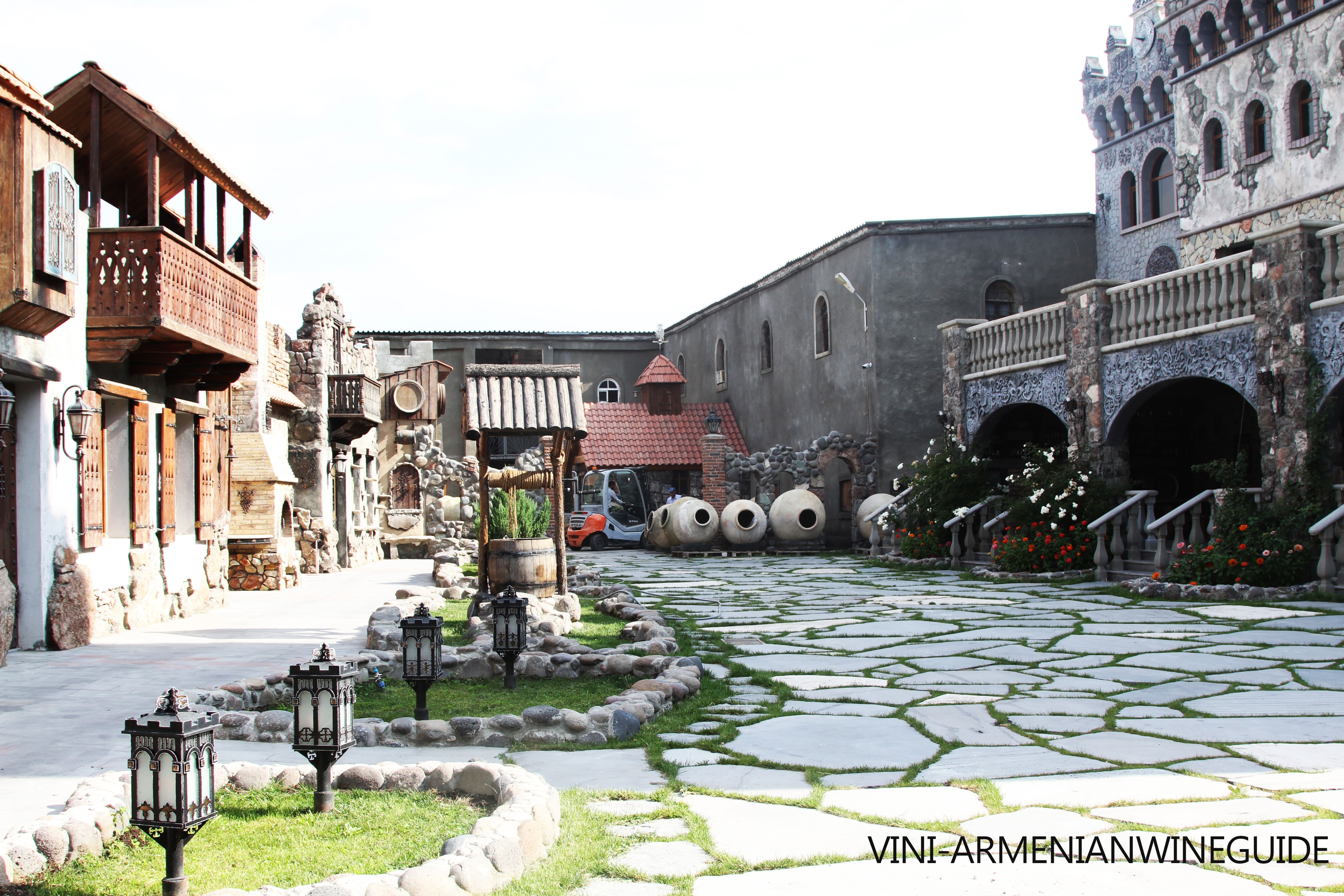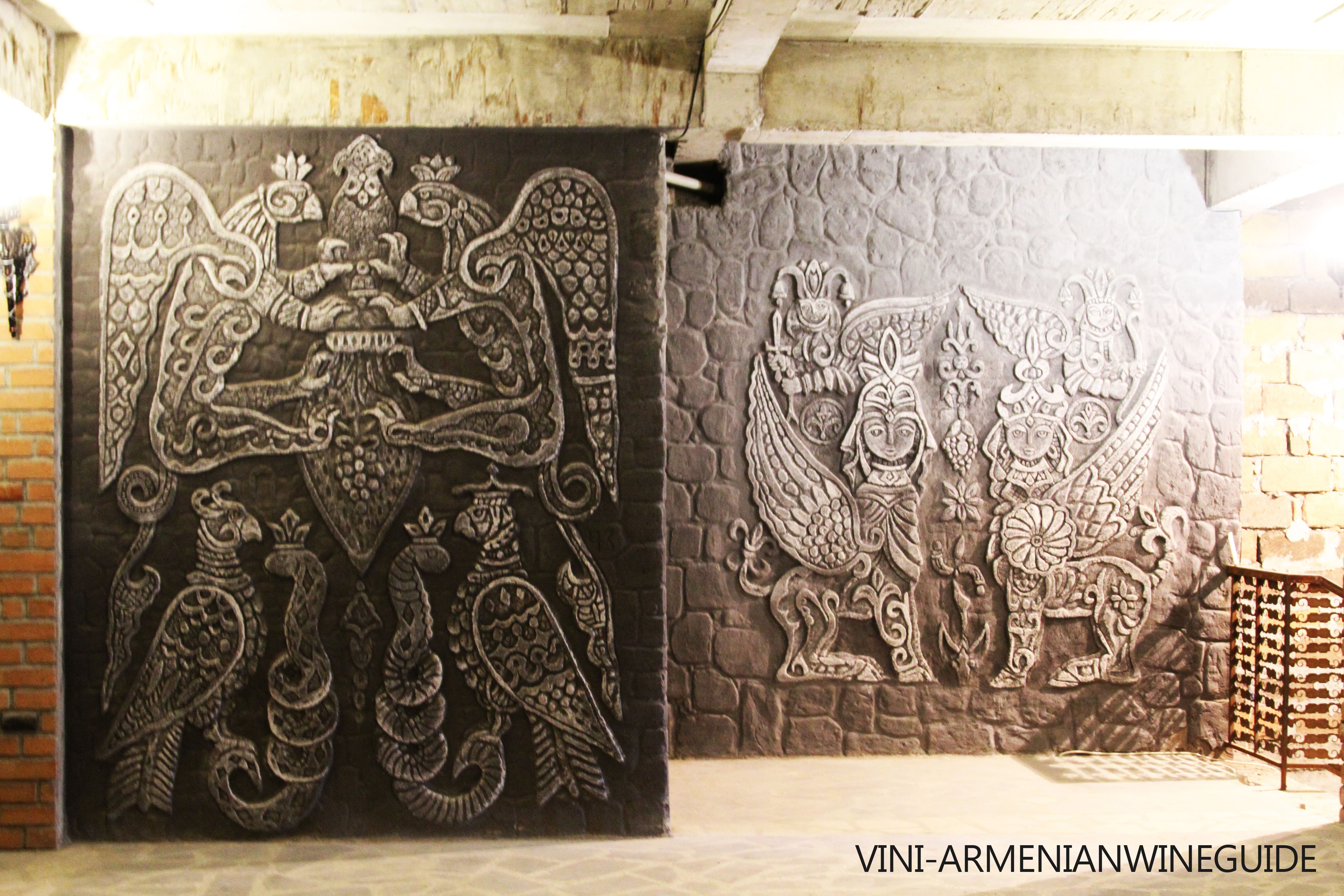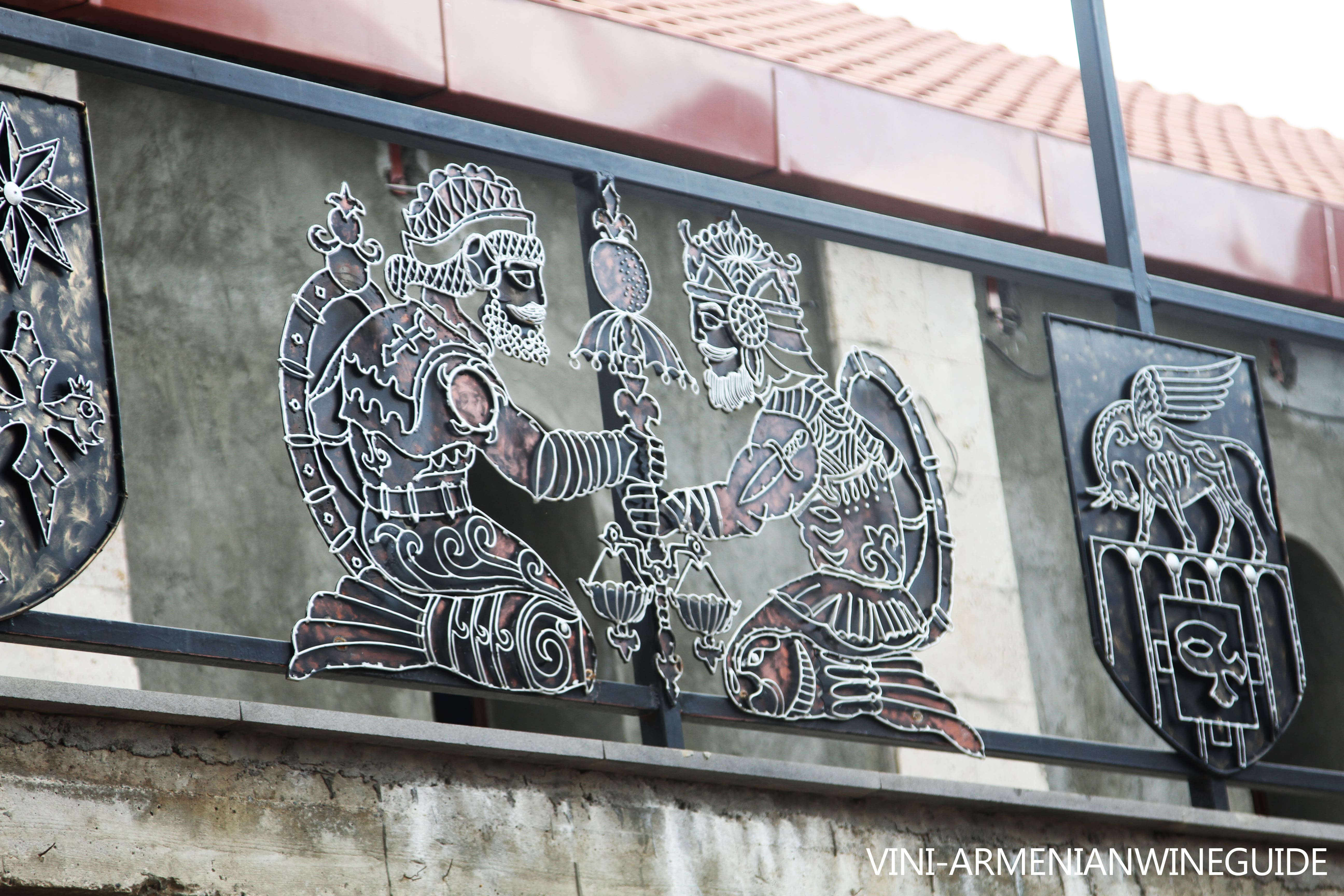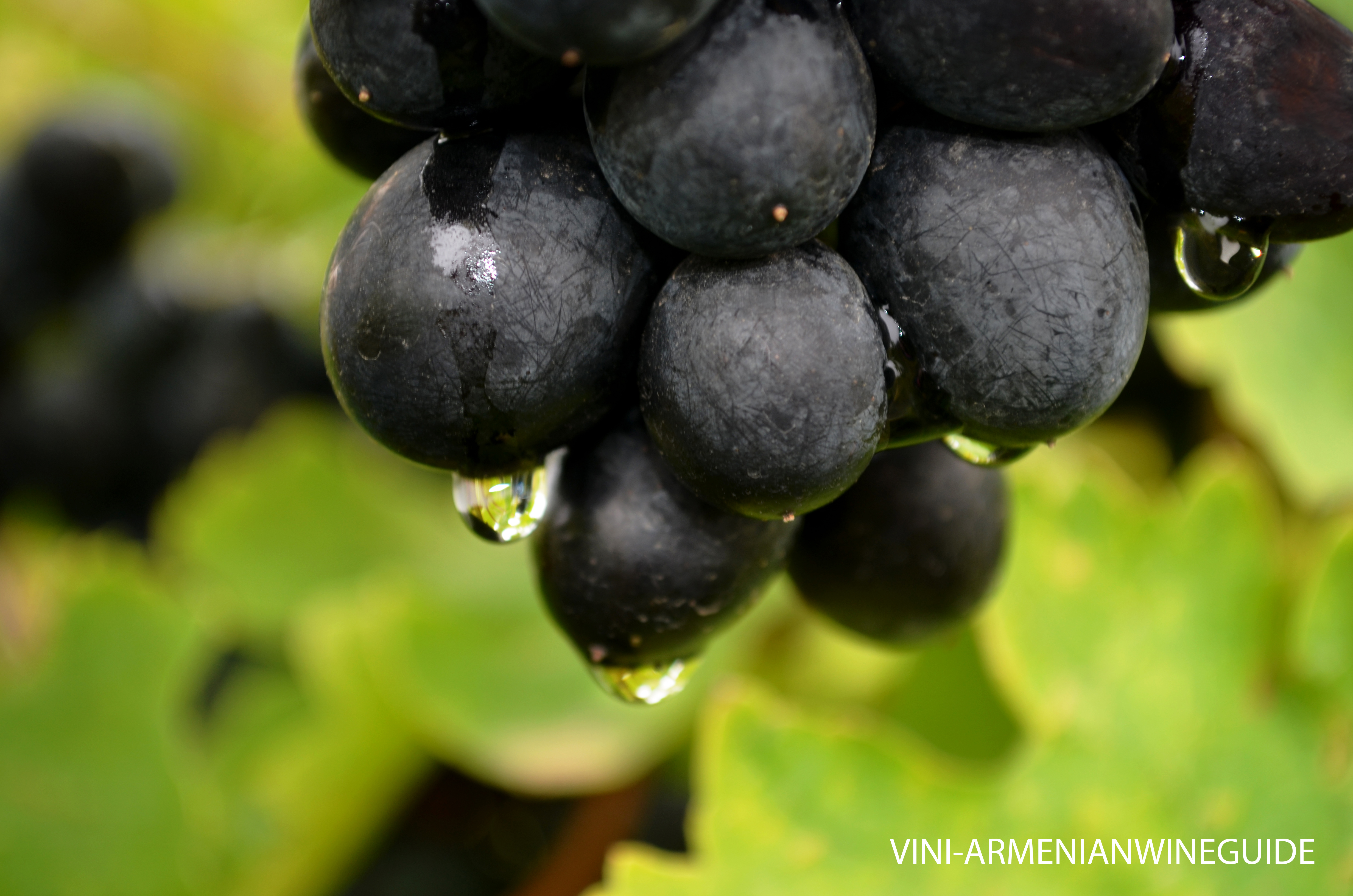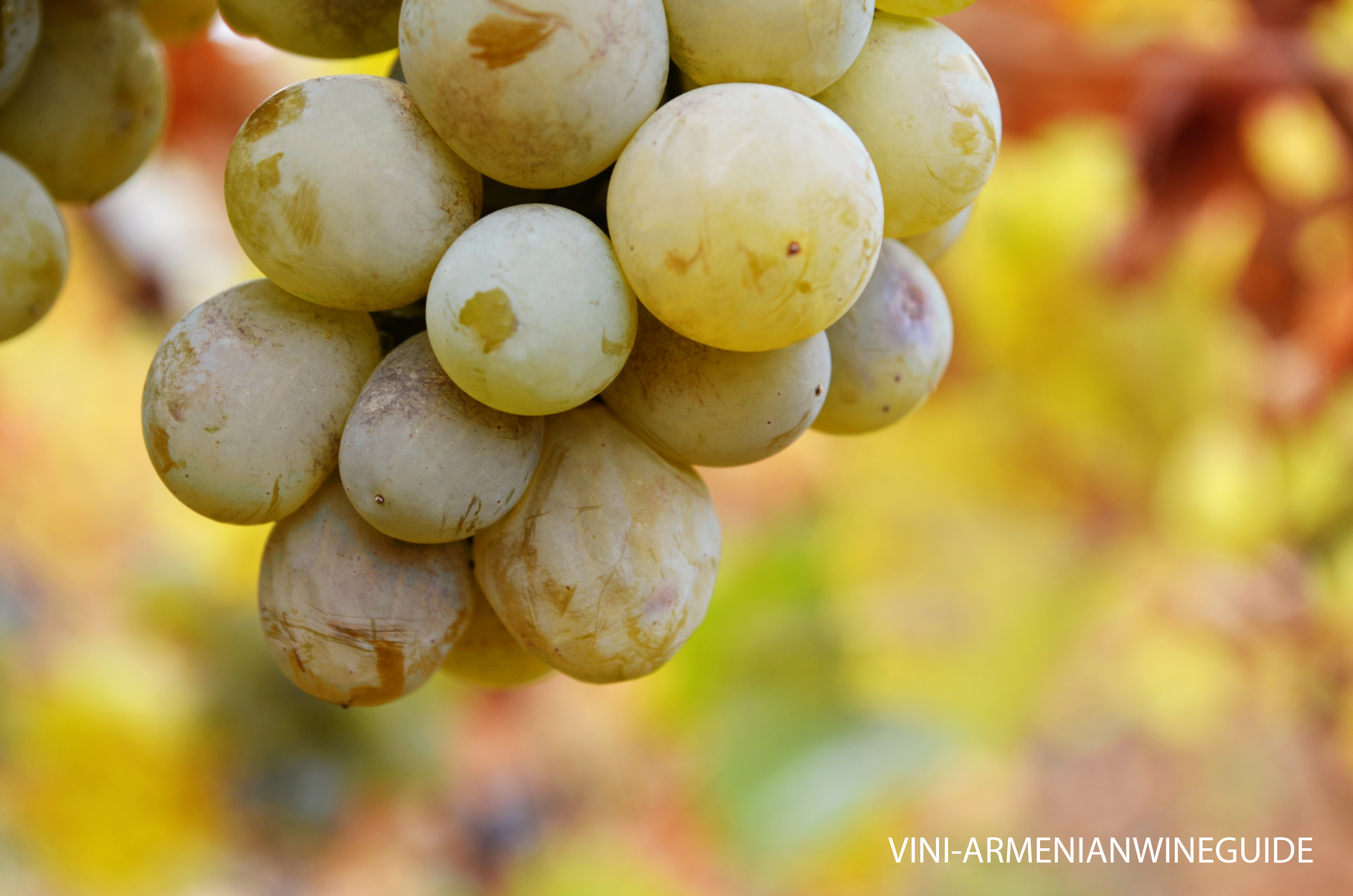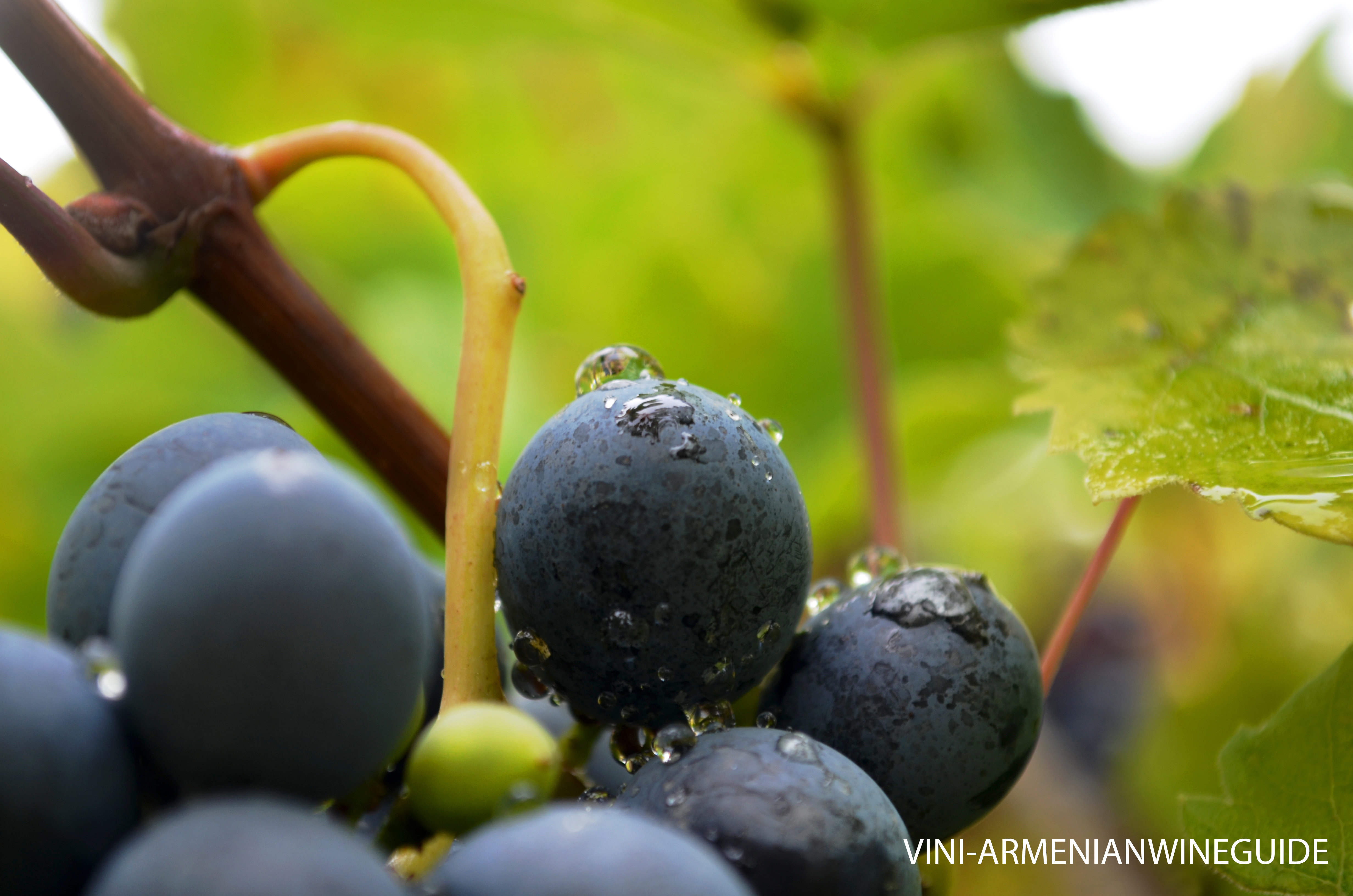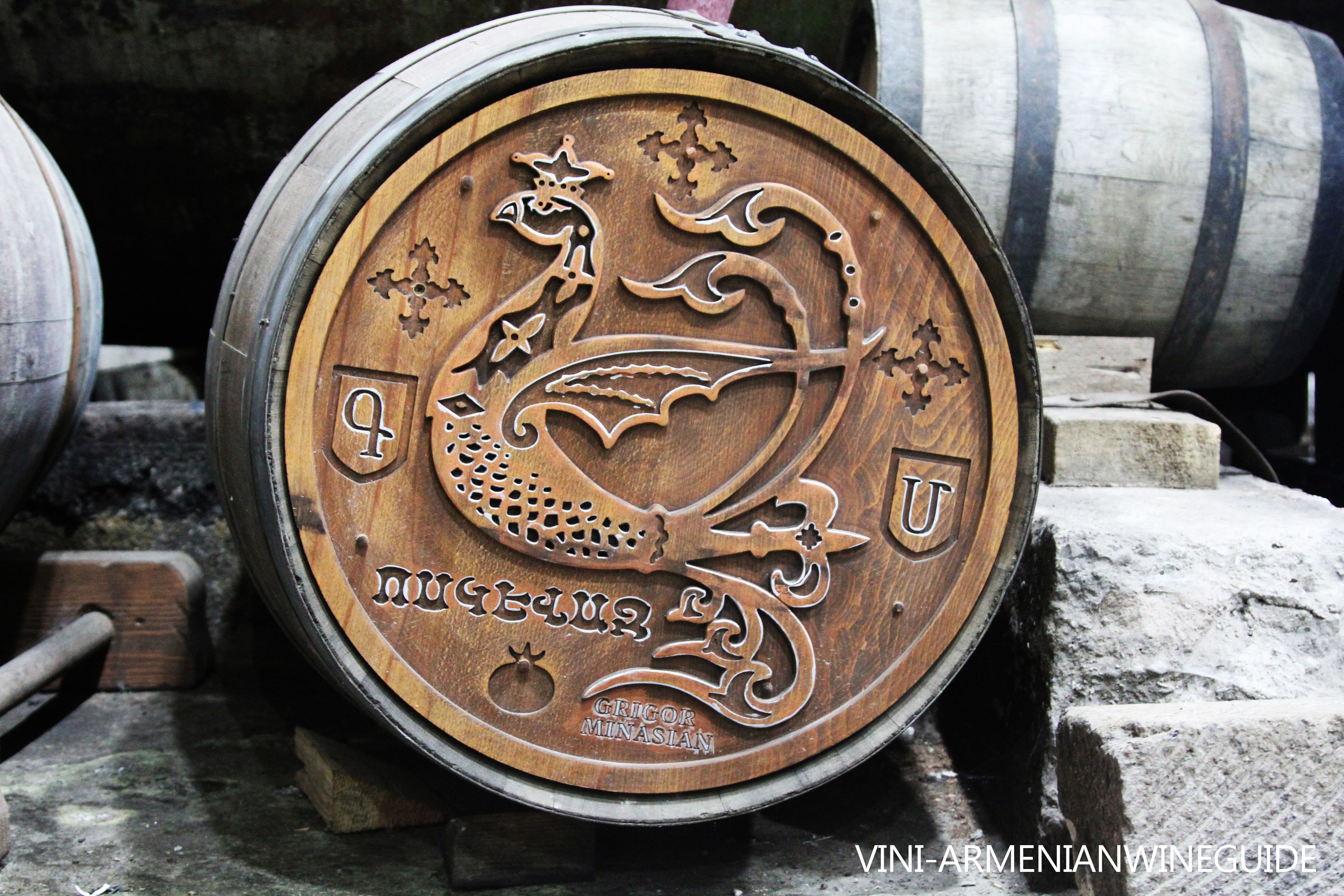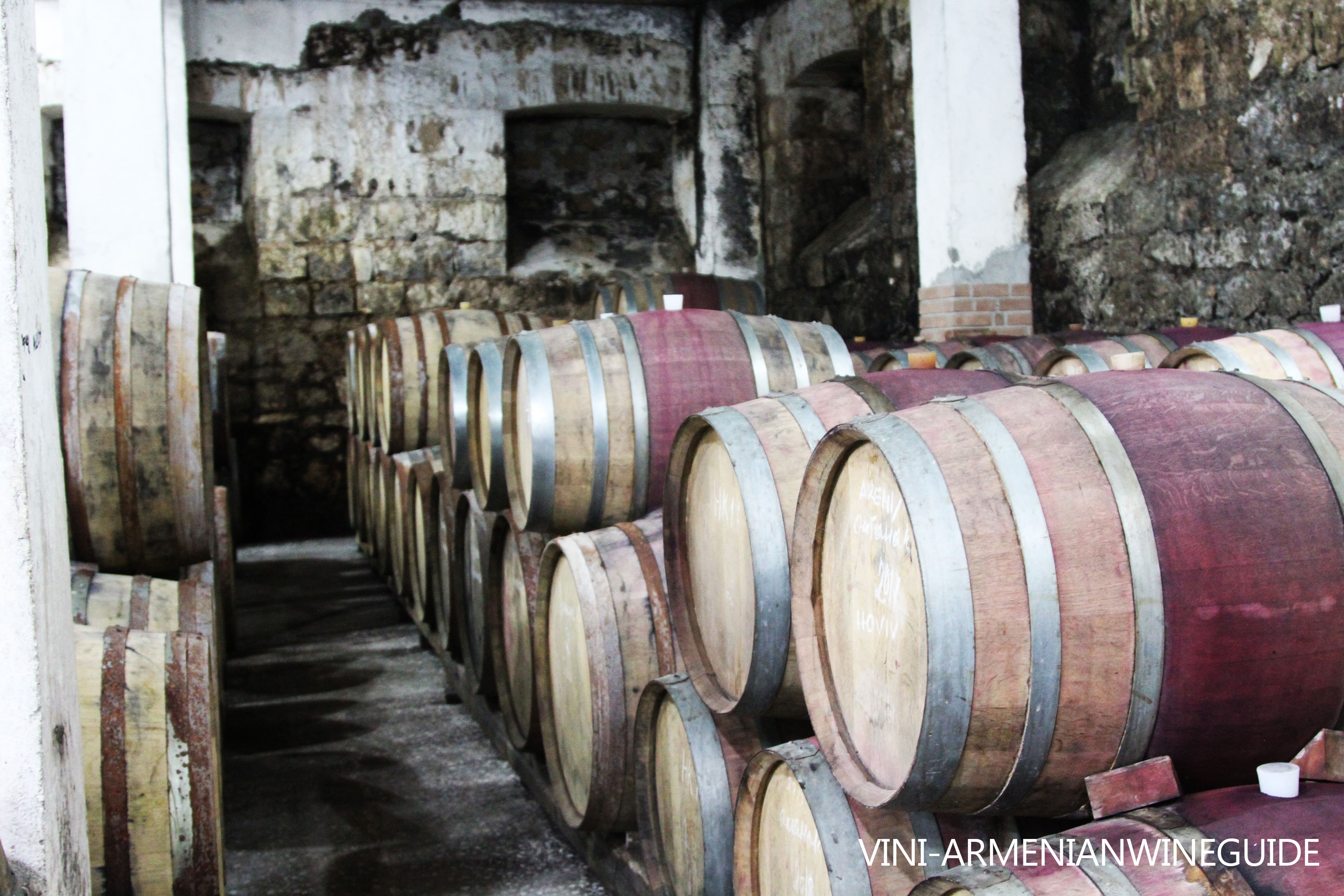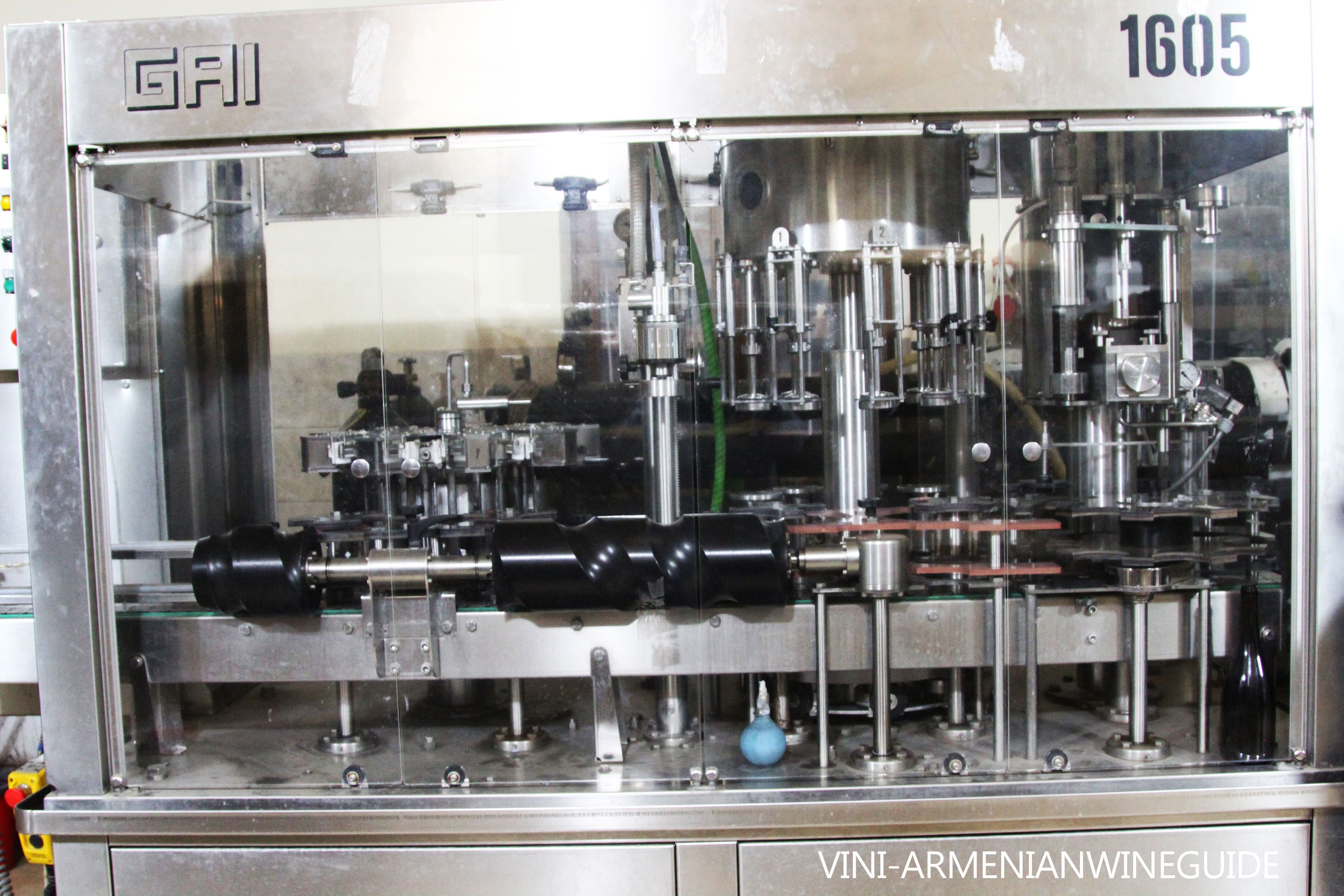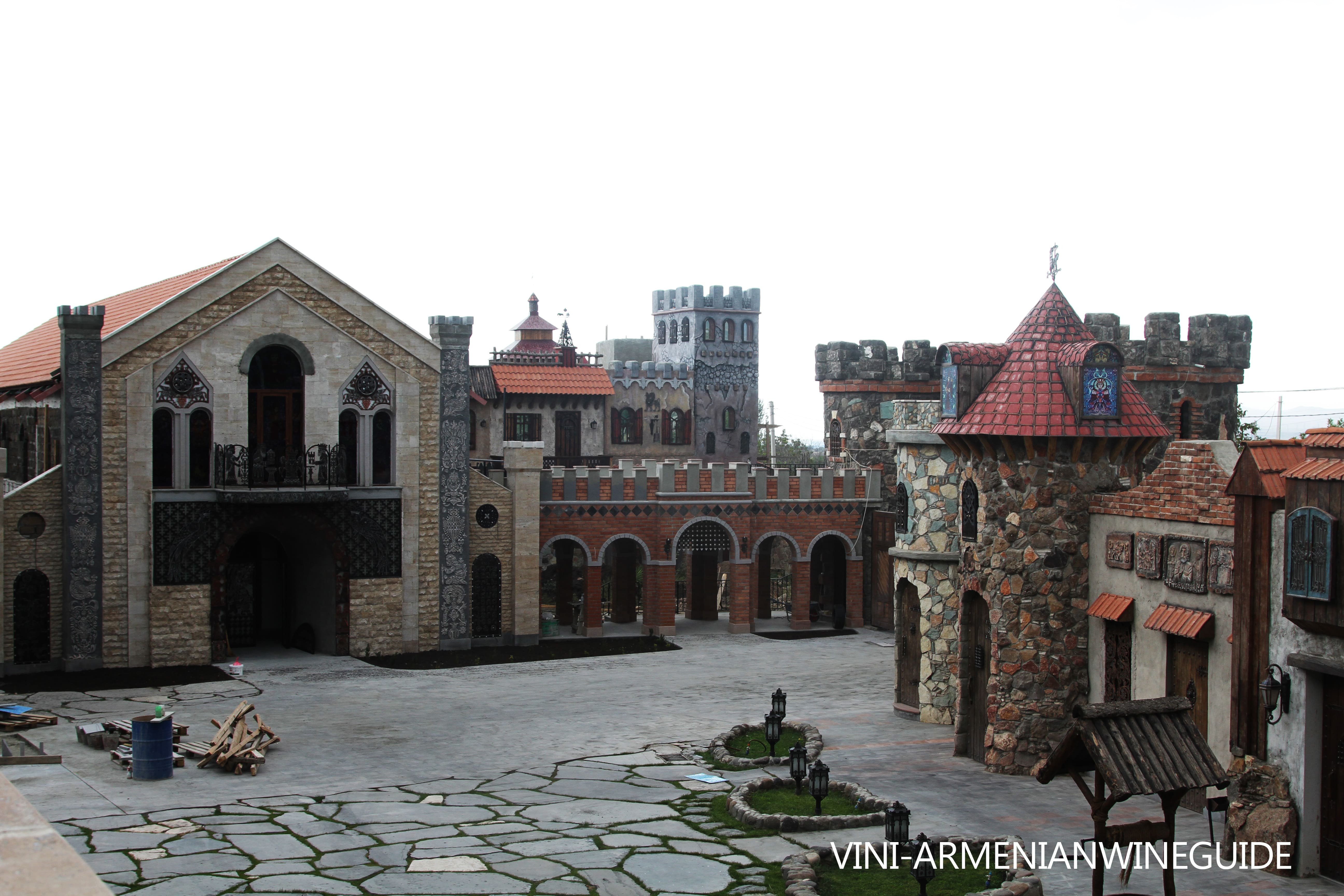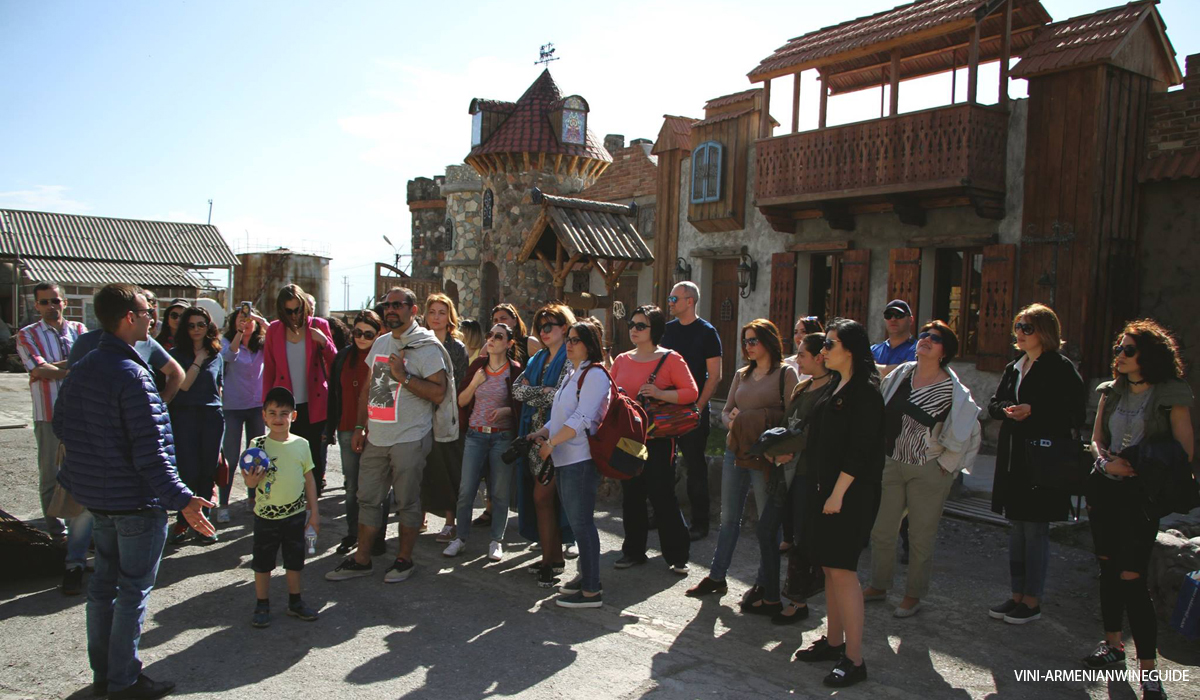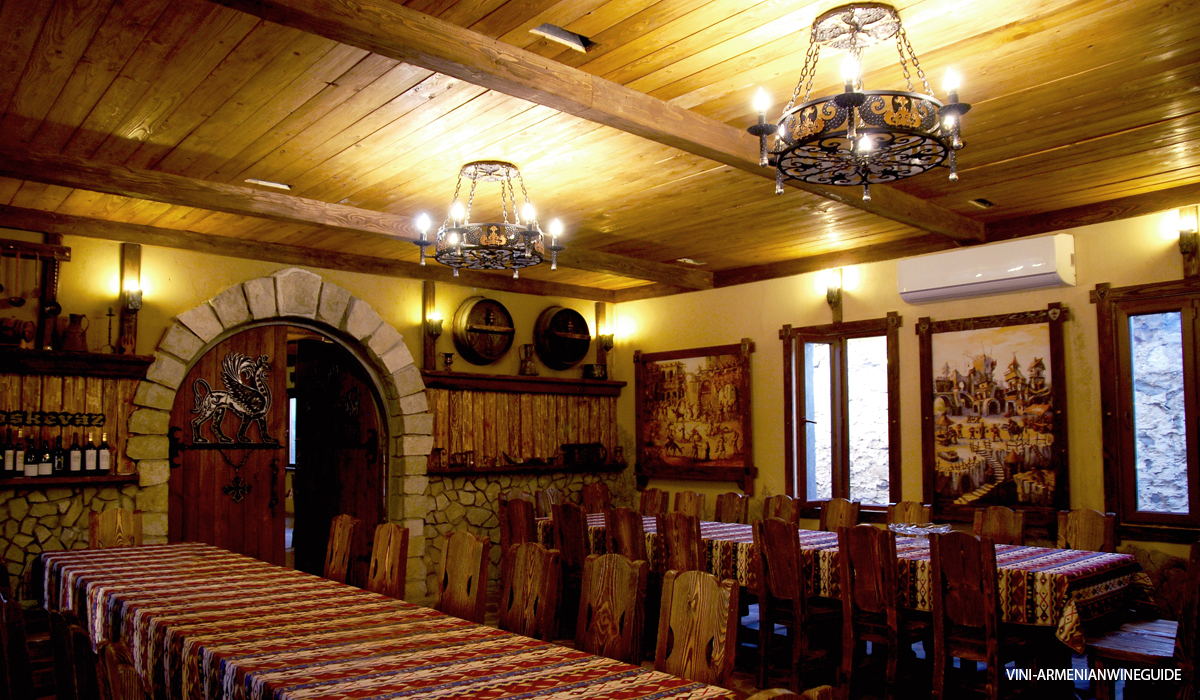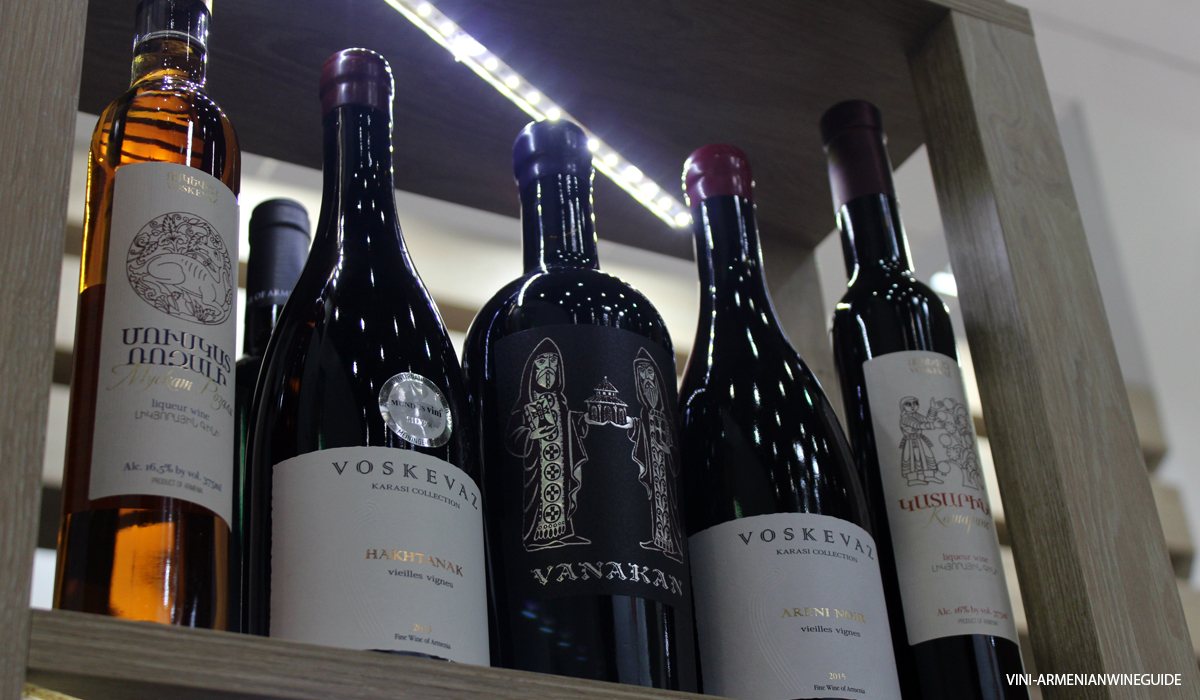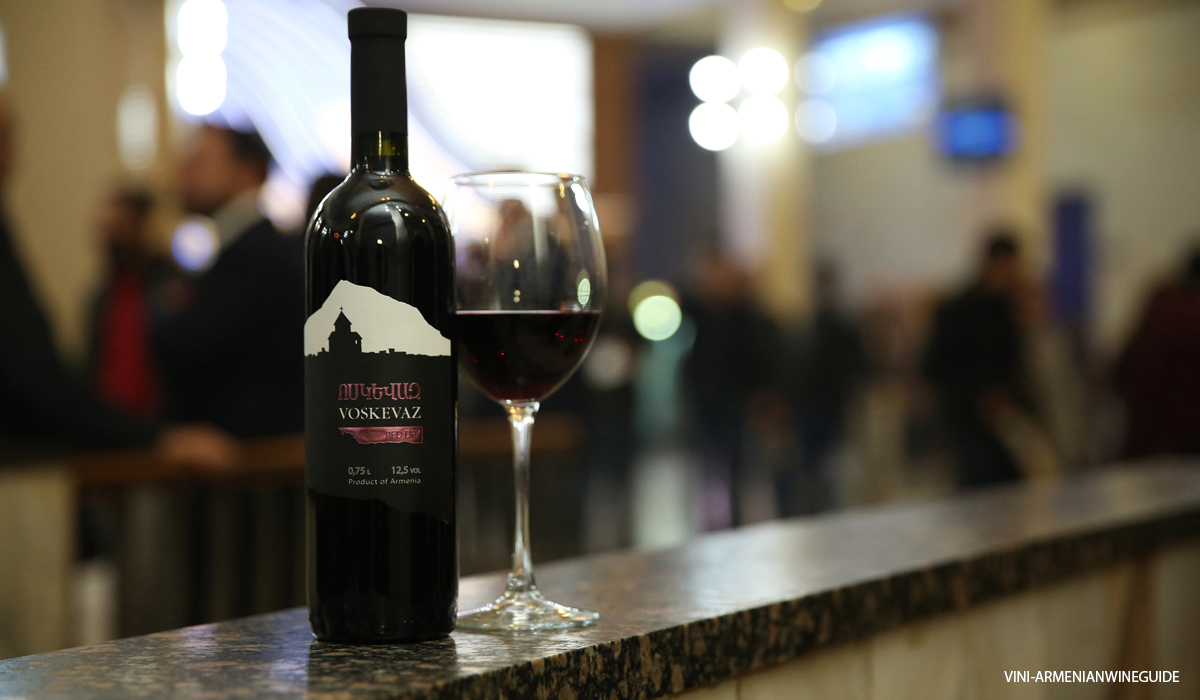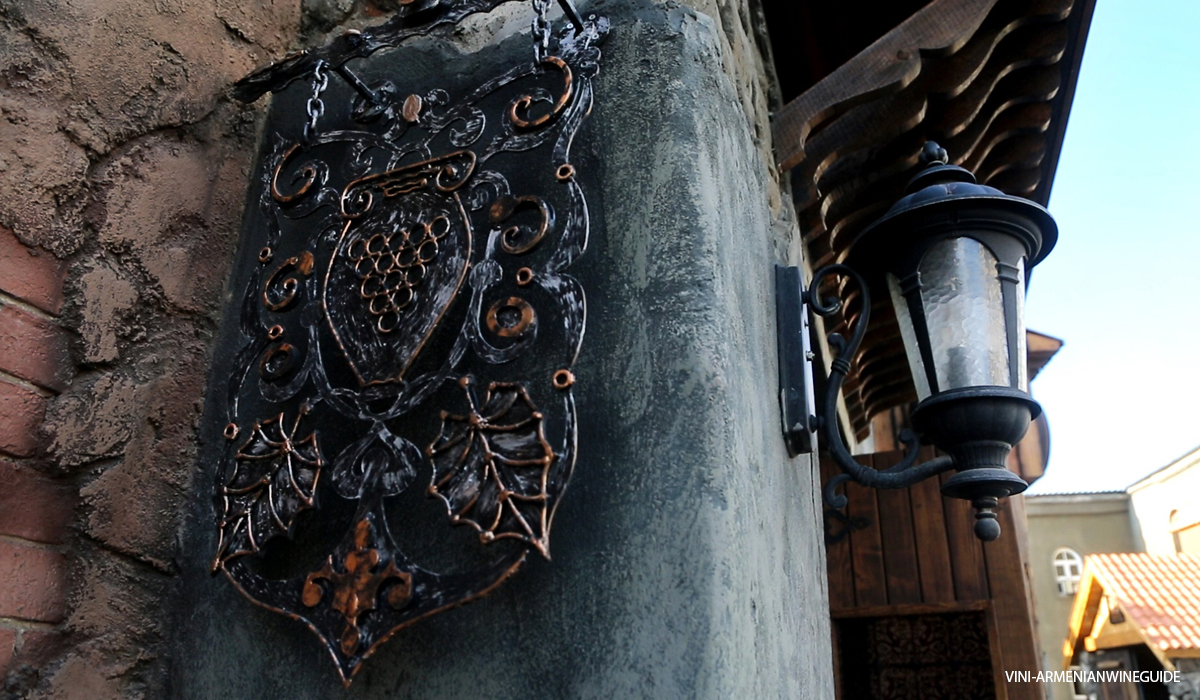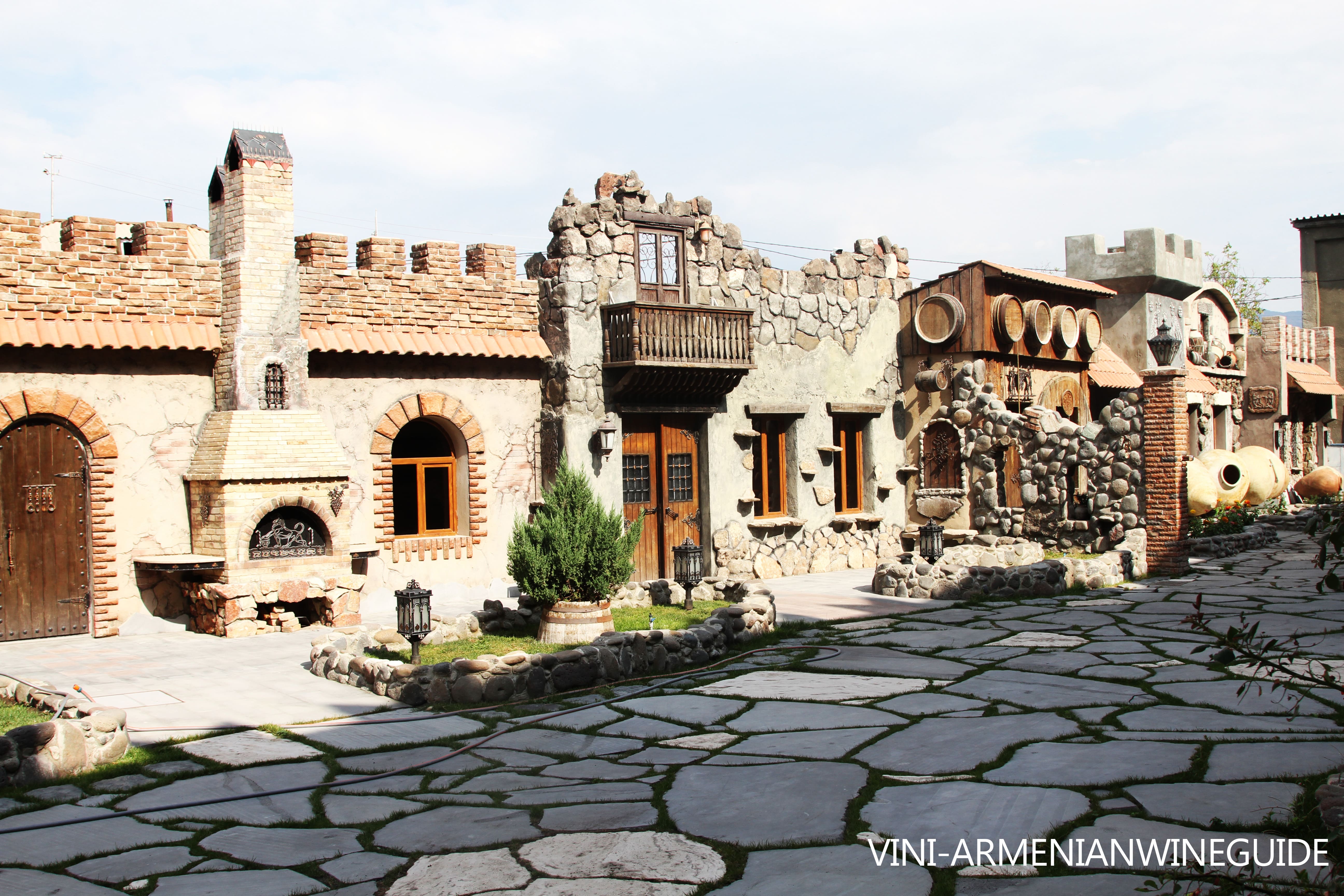
The world of wine is beautiful and mysterious, full of nobility, legends and traditions. Yet the only way to victories in this world is to fill it with genuine love and endless devotion to the mission of winemaking.
Davit Hovhannisyan’s family has been devotedly serving this lofty purpose for more than 20 years. They admit their mission is to create wine, putting all their efforts and soul in the family-run enterprise.
Voskevaz Winery is one of the significant representatives of the Armenian winemaking. It managed to conquer the affection and love of both local and international experts and wine connoisseurs.
Voskevaz winery does not rest on its laurels. It's in constant search for new, higher and more exquisite wines. Nimbly adopting to the changes in the modern wine world, it, however, preserves its unique flavour and soul, same time contributing to the history of Armenian winemaking.
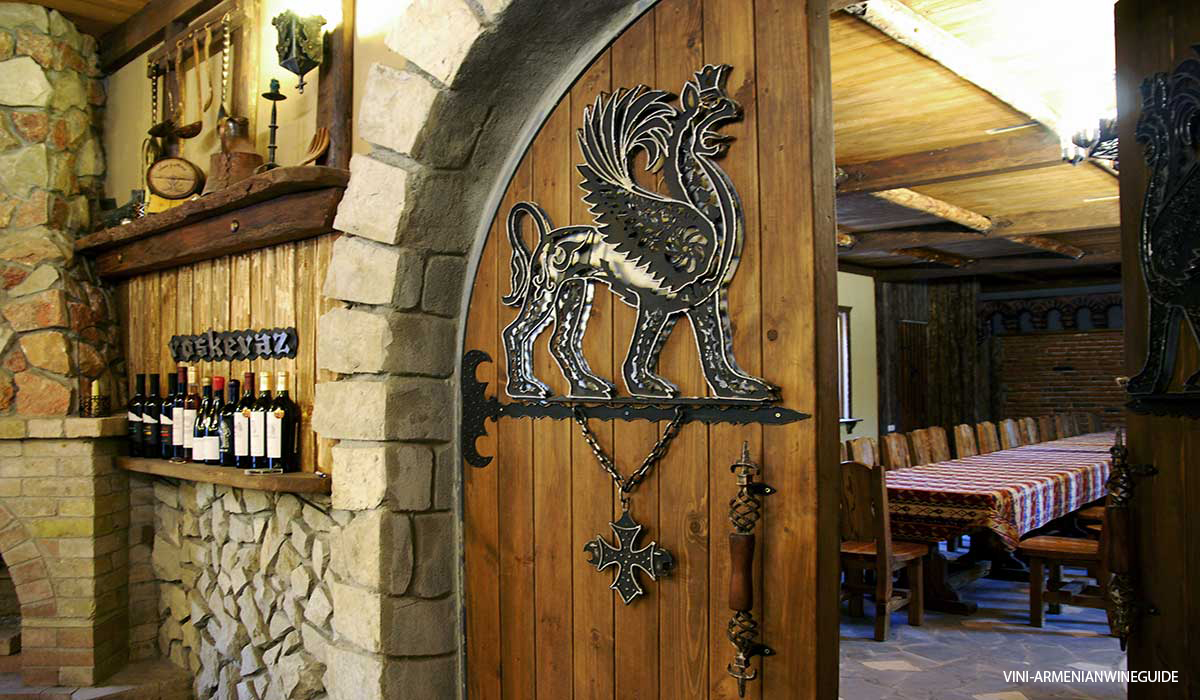
The history of Voskevaz which later became a member of Sherry Association together with factories of Oshakan and Ashtarak, dates back to 1932.
In 1997, the Hovhannisyans bought all the three factories aiming to continue making Armenian wine. However, in the 2000s, they sold the factories of Oshakan and Ashtarak.
Today, the whole Voskevaz complex is located in the village of the same name. The legacy of the past, technical premises, factories, cellars are modernized, and the endless strength and imagination of the owner created an entire touristic oasis here to impress us with its uniqueness and splendor.
Mr. Hovhannisyan considers his principal goal to enchant the world with wine from Armenian grape varieties, which is why the key slogan of the company is very crisp yet to-the-point: “Discover”.
One should put all of their heart, soul, family values and centuries-long traditions in winemaking – these are the main tasks given to the chief winemaker by the winery owner every year.
In 2014-2017, Aleksey Sapsay was the chief winemaker of the company. He revived the old technology of working in karases, creating a unique line – Voskevaz Karasi. In 2017, Jean-Pol Berger from Germany with his wife Tatevik Gabrielyan, a professional enologist, joined the team of Voskevaz. At the age of 19, Tatevik travelled to Switzerland where she worked in the field of viticulture and winemaking for two years. Here she met with her future husband, Jean-Pol. He's been in winemaking and viticulture for almost 15 years. He worked in Switzerland, Germany, Russia and had the chance to work with such companies as Аve Uvavin, Schenk SA, Obrist, Jean Francois Neyrou, Fonjallaz and others.
The owner’s 24-year-old son also actively takes part in the life cycle of the winery. He dreams of continuing of what his father is doing. Oftentimes, staying up late with Jean-Pol, behind the odd flasks, samples and bottles, he excitedly follows how the magic happens when the winemaker looks for his perfect wine formula.
After getting high-quality wine it is important to present it in a proper way. Gagik Hovhannisyan, who is the owner's brother and a well-known American artist-designer, helps to achieve that. For seven years now, he has been tirelessly working in the winery for almost six months every year. While he's away, he strictly supervises the whole process online.
One of his major masterpieces is the logo of the company – two Phoenixes with human faces glancing at each other.
Phoenix is a long-living mythological bird, rising from the ashes every time it dies. At the same time, Phoenix always has a couple, as it cannot exist without the second half. Loneliness does not ensure continuity of life. Everything lives on love of two hearts, and their feeling is aimed at creation, to leave a remarkable and bright trace afterwards, which is why every bas-relief, ornament, statue and sculpture of mythological animal has its second half.
Quality wine production is said to be 70% dependent on the grape, and 30% - virtuosity of the winemaker, equipment, and, definitely, the wheel of fortune.
Over the whole period of operation, Voskevaz never owned a vineyard. However, Mr. Hovhannisyan is a very effective negotiator. Owing to the years of hard work, he brings to the world bright, lively wines full of soul.
Over 17 years, the winery bought grapes from the local farmers, who became the best friends of the company, and every year they try to provide the winery with higher quality wines.
A style of a negotiator is very hard if the goal is to produce fine wine. To purchase grapes from the farmers, Voskevaz totally controls the vegetative process of the vine –from the uncovering the vines to the end of the harvest, which is done fully by hand.
The grapes are imported from the four principal viticulture regions – Vayots Dzor, Armavir, Ararat and Aragatsotn.
The altitude of the vineyards varies between 1100m and 1650 m above the sea level.
The whole production is exclusively based on Armenian grape varieties.
Among the red grapes are Kakhet, Haghtanak, Areni, Khndoghni, and the whites are – Kangun, Voskehat and Muscat Vardabuyr.
2020 became a remarkable year for the winery as the company purchased its own vineyard. A German laboratory analyzes the soil of the 43hectare of the vineyards in the village of Narek, Ararat region. 6 hectares of Kangun grape variety are being cultivated here. The clayey soil structure, with small pebbles, is perfect for growing Haghtanak and Areni grape varieties.
However, the winery doesn’t get satisfied with the achievements. New vineyards are being involved for experimental means. The most remarkable achievement became the purchase of a 120-year-old Voskehat (Kharji) vineyard in Ashtarak.
The best years for the winery were 2014 and 2018.
Today, the historic past of the winery is expressed in established traditions and work experience. Each year, they introduce modern technologies in vinification, and modern equipment, improved technologies for wine production and storage contribute to the progress in terms of quality and quantity.
For many years, the winery has been utilizing Italian equipment from Enoveneta (reception and selection line, crusher and comb separator, pumps for wine, pneumatic press machine and many others).
Major Italian producer Liverani provides the company with high-quality pumps, and a well-known company “MORI” equips the winery with kieselguhr filters.
The winery actively uses stainless steel fermentation tanks with temperature control, produced by Rodina Haskovo, Bulgaria.
The tanks are located in natural conditions, at a temperature of 180С and relative humidity of 80-84 %. The winery owns the full line of these tanks (2, 3, 5, 7, 10 and 15t).
By combining traditions and modern technology, Voskevaz also uses Armenian clay amphorae, karases.
The winery purchases the clay vessels from the local farmers. After the purchase, they clean each karas, restore, and depending on the conditions, either they utilize it in production, or exhibit in a museum. Overall the winery owns 60 karases, out of which 24 are in operation, and the oldest one dates back to 1894.
The karases are buried into the ground with a special technology: the vessel is buried 1.9 m deep into the ground, its volume is 0.96 – 1.2 t, and the space between the vessels must vary between 1 – 1.5 m to avoid the risk of heat exchanging during the fermentation process.
The winery uses high-quality yeasts from French companies.
The quality of the bottles is especially important in the winery. The bottles for different wine categories are accordingly imported from France (“Saverglass”), Italy (Vetreria Etrusca Spa) and Russia. Corks are imported from Portugal and Germany. For the category “Karasi Collection” whole wood corks are used, and for the rest agglomerated ones are chosen.
The production cycle is organized in a stress-minimized way. The liquid is transferred from the stainless steel tanks into a big storage with the help of a pump, where it stays for a day to rest; afterwards, the product passes through sheet filter, later on through membrane filter, and only then it is ready for bottling.
The process of bottling is carried out with one line with a full cycle from an Italian company “GAI” (rinsing, bottling, corking, and labelling). The capacity of the bottling line is 1500 bottles per hour.
The winery supports the local production, so barrels of 225 and 400l from Dilijan, Ijevan and Artsakh are used. About 200 barrels are now operated in the winery.
2004 was the first vintage of still wines under the brand “Voskevaz Winery” which was created under the guidance of the hereditary winemaker Garush Samvelyan. Once there was an older vintage – 1997; however, the vintage 2004 officially became the first one.
The winery releases overall 17 types of wine in 5 lines.
In the first line, Voskevaz Classic, there are two red, two white, pomegranate and rose wines. The pomegranates for Voskevaz Pomegranate wine come from Meghri. For the rest of the wines, they use the following grape varieties - Areni, Voskehat, Kangun, Kakhet, Haghtanak and Khndoghni.
The line Voskevaz Elite presents three red and two white, dry wines. Each wine in this line has its name: Urzana, Voskepar, Areni, Nuraz and Khndokhni.
The wine labels of this line feature ancient customs with images of people, grapes and animals.
Voskevaz Urzana is named after the King of Musasir - the ancient Armenian state. Voskevaz Nuraz was named after the maiden name of the winery owner’s mother (Nurazyan). The wine has a unique history, and symbolizes kindness and motherhood. It's the closest to the heart, full of love and memories; it’s a wine with a soul.
The premium line Voskevaz Karasi Collection is represented with two dry, red wines and one dry, white wine, varietal wines from Areni Noir, Haghtanak and Voskehat.
Areni Noir for Voskevaz Karasi Collection grows on 1650m above the sea level, in Vayots Dzor region. Vineyards are not buried for winter. The soil is volcanic, and it covers 3 – 4 ha of territory. Bottles for the following wine are imported from “Saverglass”, France. The wine aged in oak barrels for 14 months before bottling.
Voskevaz Karasi Collection Haghtanak is one of the best wines with a great potential of bottle ageing and development in future. The 2015 vintage is recommended to open in 2030. The wine spends 18 months in direct contact with an oak barrel.
Vanakan is the exclusive product of the company - the only non-vintage wine from the autochthonous grape varieties Areni, Haghtanak, Kakhet of different years, aged in oak barrels. Vanakan is dedicated to the 100th anniversary of the Armenian Genocide. It is released once in 5-7 years. The brother of the owner has designed the labels. The wine is released in 8000 bottles.
Voskevaz pioneers in natural dessert wine production - Voskevaz Muscat Rosali and Voskevaz Katarine. 2015 Muscat Vardabuyr and Kakhet became the first vintage for the natural dessert wine, with 16% sugar consistency. In case this technology is used, grapes initially are dried on wooden mats. Bottles for this wine are supplied from Italy.
Passion and devotion for the work made the family-run winery Voskevaz start its long and steady path toward development.
Today any visitor of the winery cannot leave indifferently as the beauty, majesty and the creativity of the architecture capture one's mind.
The winery is designed in the Cilicia Kingdom era style, with improvisation elements from early Christian, Romanesque, Gothic, Renaissance and many other periods.
Under the guidance of the owner’s younger brother, Armen Hovhannisyan, a master in smithery, processing metal, iron and non-ferrous metals, even a piece of iron turns into a real work of art. By obtaining erratic forms and pretty patterns, every element has its particular purpose, place and content.
The whole historical milestone is followed with only the bas-reliefs on the walls – from paganism to modern Christianity. In many corners, it is possible to see the Armenian alphabet, having captured its entire pathway of evolution decently.
Stained-glass windows, created by the head designer, Gagik Hovhannisyan, feature prominently with mythic animals; the ancient rituals of winemaking take one through centuries.
The entire complex of the winery is comprised of multiple buildings and facilities in different styles and decorations, mystically united in one ensemble, where the cult of wine and vine play the central role.
There is a unique enoteca, a family collection of 500 bottles of each vintage, starting from 2014. They are all stored in the bank of wine, in peace and silence.
Everyone who wants, can purchase wine from the winery and leave it there to age for a particular period. Signature slots are crafted from wrought iron with the motif of a curling vine. Vintage keys to the cellar are at the owner; the ownership rights pass by heritage.
In the 1930s the technology of concrete tank winemaking used to be applied here actively: the crushed grapes were put into the tanks from above, and the fermentation started naturally. After some time the pulp was taken out manually in buckets and sent for pressing. The floors and the walls of the tanks were covered with food paraphyte or pain: a thick layer of tartar formed during the maintenance, which remained there until present times. There were 16 concrete tanks in the winery, out of which 8 preserved their initial forms and serve as a museum, where unique displays are demonstrated. Each of these compartments has a specific theme from the history of Armenia, in the form of old manuscripts, maps and diagrams, antique furniture and household items. However, all the artefacts related to Armenia have to be from foreign sources. For example, there is a VI century BC map of the Ancient World, with the indication Armenia, as well as, a manuscript in London, mentioning the first inhabitants from Armenia who arrived in the foggy islands of Albion. There is a VIII century manuscript from Vienna in Armenian, another one about the evolution of Armenian alphabet and others.
Likewise, these compartments with natural temperature and humidity serve as a cellar for family wine collection. Extreme storage conditions, perfect silence, muffled dim light; ideal temperature conditions and relevant humidity ensure the untouched peace for the family relics.
The rest eight compartments were modified into special ditches, where karases for Voskevaz Karasi Collection wines storage and aging are buried.
Currently, a unique educational and development complex for the children from nearby villages is in the last stage of construction. Inside the walls of this institution, skillful professors will feed the young minds with musical art, painting, pottery and jewelryy skills. It is a unique charity project for proper upbringing and development of the young generation.
In the context of social project, people from Voskevaz village work in the winery. The winery cooperates with multiple tour agencies in Armenia, on the base of the winery organizes wine days: in 2019 more than thirty families painted with wine on the canvas with unique technology. The winery takes part in all wine festivals and events as well. During 2019 more than 4000 visited the winery: 70% were international guests, and 30% were local Armenians.
Both internal and external policy of the company is quite balanced. Today, 80% of the production is exported, and 60% accounts for the Russian market.
Wines are imported in Russia, Belarus, Ukraine, Latvia, Lithuania, Estonia, Belgium, Germany, Poland, France, Czech Republic, Switzerland, England, USA, Australasia, China, and India. The company is negotiating with over ten countries, including Spain and Italy.



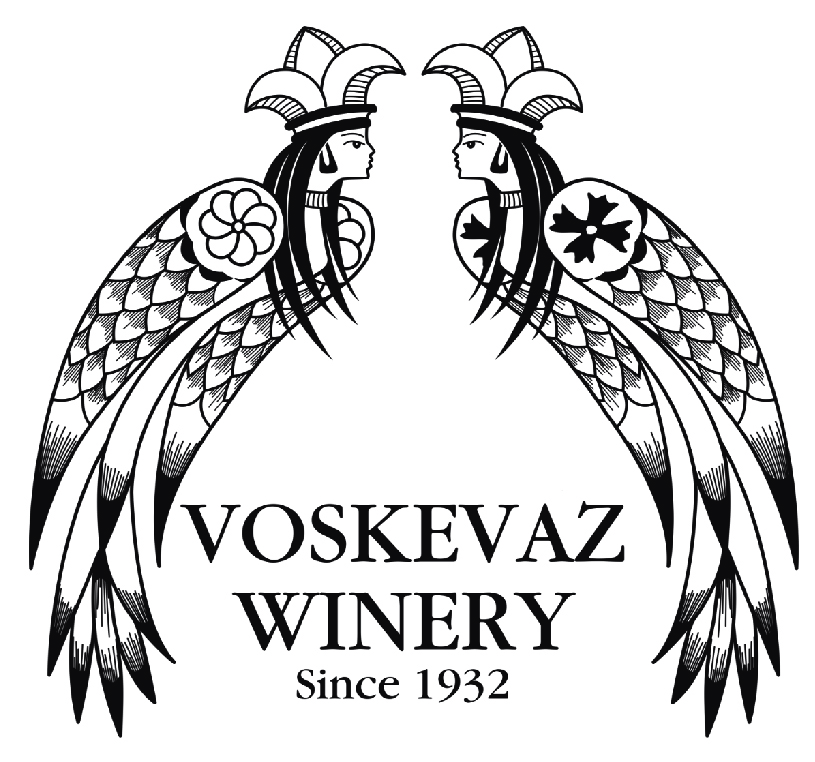
 History
History
 Vineyards
Vineyards
 Production
Production
 Tourism
Tourism
 Export
Export
